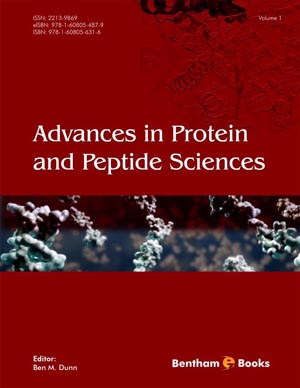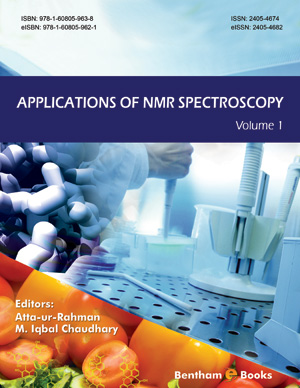Abstract
The review demonstrates how carbohydrate chemists exploit the two fundamental strategies of organofluorine chemistry; (a) direct introduction of fluorine atom(s) or fluorinated groups by appropriate reagents in a late synthetic step, or (b) linking of fluorine-containing “building blocks“ with various reactants (including enantioselective approaches), in order to synthesize a wide variety of fluorinated sugars. Numerous representative examples of these strategies are provided and discussed. Also included are a number of recommended experimental procedures (provided at the end of sections 1-3). In addition to reviewing various convenient fluorinating reagents that have so far been applied to carbohydrate chemistry, the utility of glycosyl fluorides in chemical and enzymatic glycosylations are also examined.






















